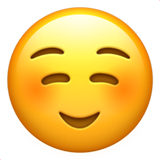
I'm gonna keep it simple bc honestly, I'm not the best at this lol.
1. Which of the following has more than one nucleus?
a) osteoclast
b) osteocyte
c) osteoclast
d) bone lining cells
e) osteogenic cells
2. Most common type of scoliosis: ________
3. Which of the following has intercalated disks?
a) Skeletal muscle
b) smooth muscle
c) cardiac muscle
d) B and C
e) all of the above
4. Which of the following facts are true?
a. DMD is a common type of Muscular Dystrophy.
b. DMD is x-linked.
c. DMD is more common in boys.
d. B and C
e. All of the above.
5. How does the DNA structure contribute to the integumentary system's biological barriers?
6. OPTIONAL: What state are you taking the test in?






